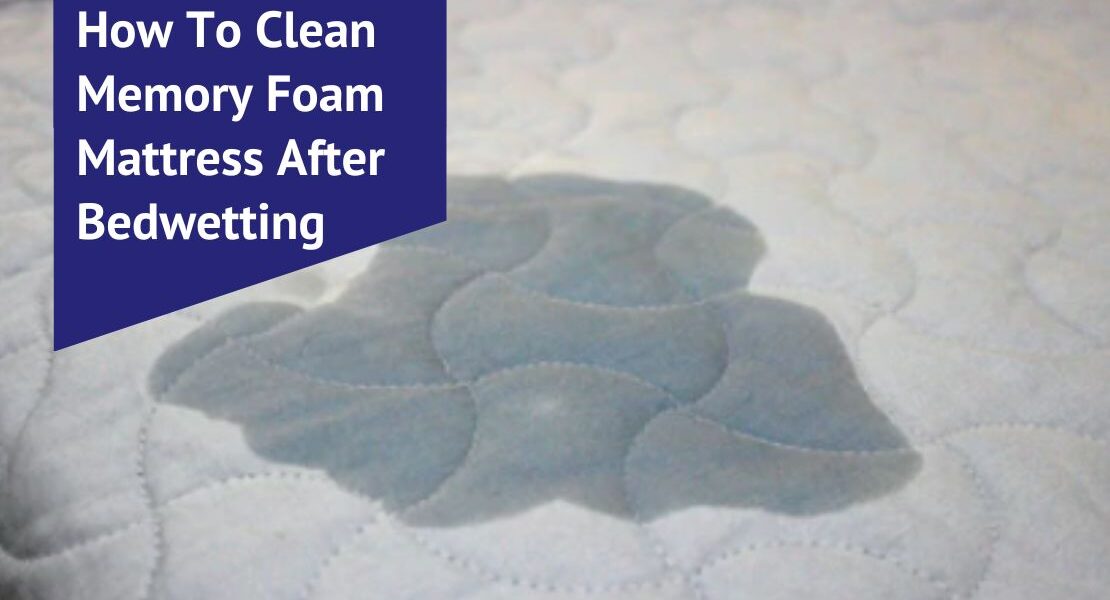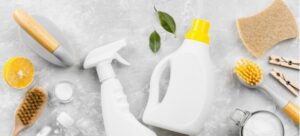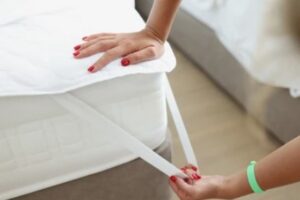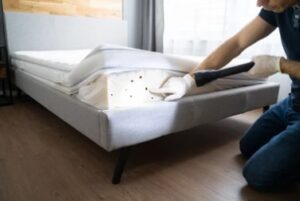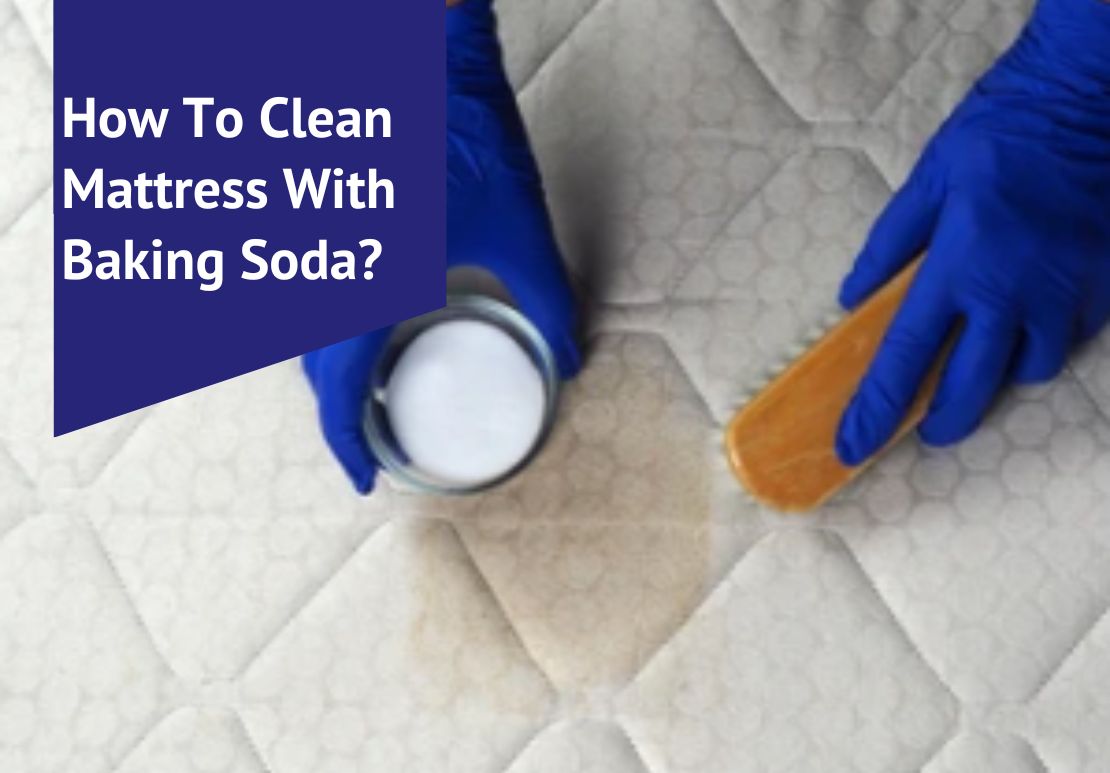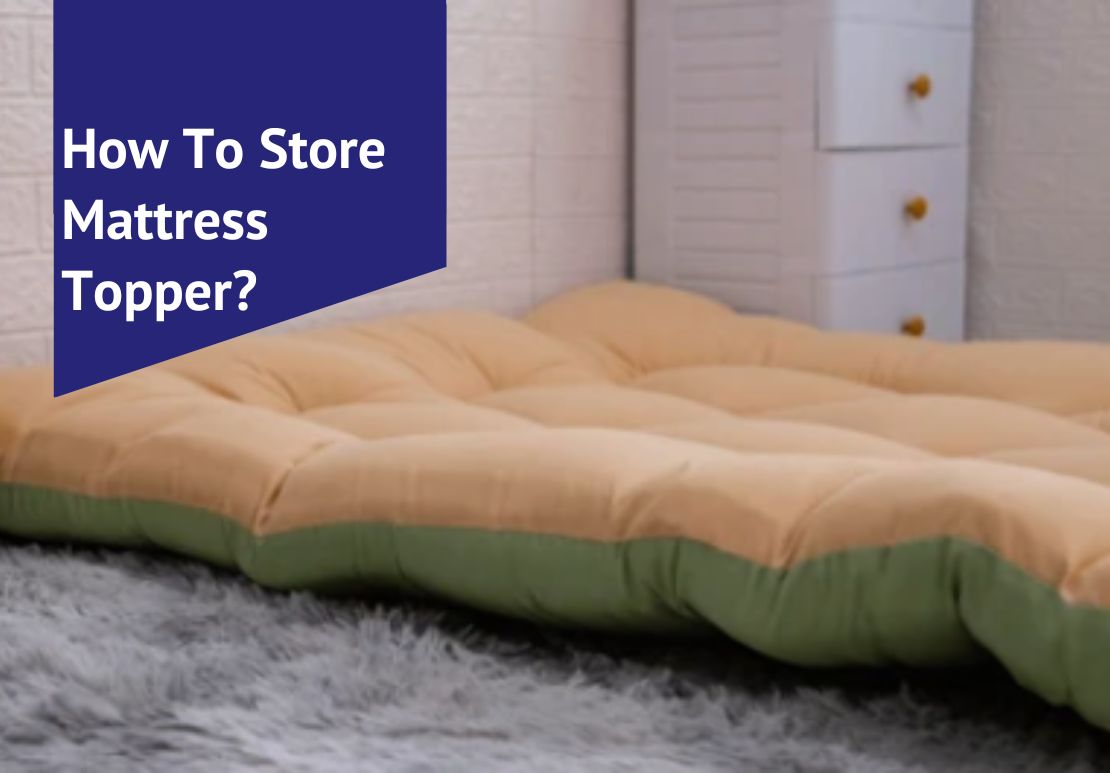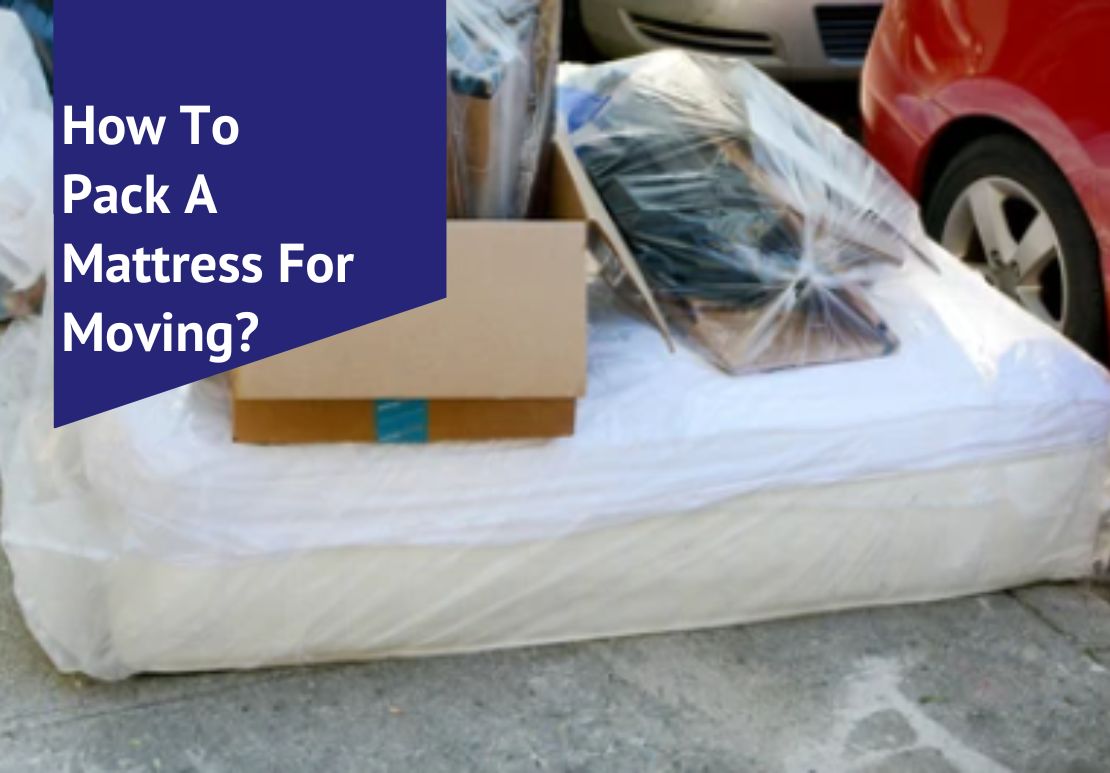Bedwetting incidents can leave unpleasant stains and odors on your memory foam mattress, turning a peaceful night’s rest into an uncomfortable ordeal. Therefore, quick action is paramount in effectively treating urine exposure to maintain the integrity of your precious bed companion.
This article offers practical advice on how to clean memory foam mattresses after bedwetting, utilizing household items like vinegar, peroxide, and baking soda for efficient stain and odor removal.
Let’s dive right in so you can reclaim comfort in no time!
Table of Contents
Key Takeaways
- Act quickly when cleaning a memory foam mattress after bedwetting to prevent lasting stains and bad smells.
- Blot up as much urine as possible using a dry towel, avoiding wiping or rubbing the stain.
- Use household items like vinegar, baking soda, dish soap, and hydrogen peroxide to remove stains and neutralize odors.
- Consider using a mattress protector, training pets or children to keep the bed clean, and using a waterproof mattress pad to prevent future accidents.
The Importance of Taking Swift Action to take pee out of a mattress
Acting fast when cleaning a memory foam mattress after bedwetting is key. As you take swift action, you save your mattress from lasting stains and bad smells. Start by blotting out as much urine as possible.
Do not wipe it, or else the urine will sink deeper into your mattress. Once blotted dry, use a spray bottle to apply an equally mixed solution of distilled white vinegar and water on the affected area.
This mixture helps lessen the acid in the urine, getting rid of any foul odors.
The next step is to remove any leftover stains on your memory foam mattress. Remember: time matters! You can use baking soda or hydrogen peroxide for this task – they are both great at eliminating tough stains and bad smells if used quickly after the incident occurred.
How to get cat pee out of memory foam mattress?

To remove cat pee from a memory foam mattress, start by removing excess liquid with paper towels or a cloth. Then, create a mixture of baking soda and vinegar to neutralize the odor and break down any remaining stains.
You can also try using dish soap and hydrogen peroxide as an alternative cleaning solution. If these methods don’t work, consider using a commercial cleaner specifically designed for pet urine removal on mattresses.
Remove excess liquid
First, grab clean towels or cloth. Pat the wet spot with these. Your goal is to get as much liquid out of your memory foam mattress as quickly as you can. Do not rub or wipe; this pushes the pee deeper into the bed.
Apply some pressure when patting it down. You may need to use many towels for this job.
The next step is to air-dry your foam mattress. Give it time in the sun if possible, but avoid getting it too hot. Using heat can seal in a bad smell and make future cleaning harder.
Use a mixture of baking soda and vinegar
To clean a memory foam mattress, you need baking soda and vinegar. Fill a spray bottle with equal parts of these two things. Spray this mix on the urine spot. The acid in the pee gets broken by it.
This also helps get rid of the bad smell. Let it sit for a bit before you pat dry with towels.
Use dish soap and hydrogen peroxide
To clean a memory foam mattress after bedwetting, dish soap and hydrogen peroxide can be used. These two ingredients are effective in removing urine smells and stains. Create a solution by mixing 8 ounces of hydrogen peroxide with 3 tablespoons of baking soda and adding 2 to 4 drops of dish soap or liquid laundry detergent.
Before applying the solution, make sure to blot the stain and remove as much moisture as possible. Acting quickly and thoroughly cleaning the mattress will help prevent lasting stains and odors.
Consider using a commercial cleaner
If you’re dealing with stubborn urine stains and odors on your memory foam mattress, you may want to consider using a commercial cleaner. Commercial cleaners are specifically designed to tackle tough stains and odors, making them a convenient option for cleaning your mattress after bedwetting accidents.
Look for a cleaner that is suitable for memory foam mattresses and safe to use around children and pets. Be sure to follow the instructions provided by the manufacturer when using a commercial cleaner, and always test it on a small, inconspicuous area of the mattress first to ensure compatibility.
Using a commercial cleaner can help ensure that your mattress is thoroughly cleaned and fresh-smelling after an accident.
Pre-Cleaning the Mattress
To prepare for cleaning a memory foam mattress after bedwetting, the first step is to remove all bedding and protectors from the mattress.

Remove bedding and protectors
To clean a memory foam mattress after bedwetting, the first step is to remove all bedding and protectors. This includes sheets, pillowcases, mattress covers, and any other items covering the mattress.
By doing this, you can easily access the affected area and prevent the urine from seeping deeper into the mattress. Once everything is removed, proceed with blotting up as much of the excess urine as possible using a dry towel or paper towels.
Remember not to rub or wipe at the stain as it may spread further into the foam.
Blot up excess urine
After bedwetting on a memory foam mattress, it’s important to act quickly and blot up any excess urine. Instead of wiping, which can push the urine further into the mattress, use a dry towel to gently blot the spot.
This helps in removing as much moisture as possible before applying any cleaning solutions. By blotting up the excess urine promptly, you can prevent stains and odors from setting in and keep your mattress clean and fresh.
Natural Cleaning Agents for Memory Foam Mattress
To effectively clean a memory foam mattress after bedwetting, homeowners can utilize natural cleaning agents such as baking soda and vinegar or dish soap and hydrogen peroxide.
Baking soda and vinegar
Baking soda and vinegar are two common household items that can be effective in cleaning a memory foam mattress after bedwetting. Baking soda is known for its ability to absorb odors, while vinegar is a natural disinfectant.
To use these ingredients, you can sprinkle baking soda over the affected area and let it sit for several hours to absorb the odor. Then, spray or gently dab vinegar onto the stain using a cloth or sponge.
The combination of baking soda and vinegar can help neutralize the smell of urine and break down any remaining stains on the mattress. Remember to blot up excess liquid before applying any cleaning solution for best results.
By using baking soda and vinegar together, homeowners can effectively clean their memory foam mattress after a bedwetting incident. These natural cleaning agents are affordable and easy to find in most households.
Dish soap and hydrogen peroxide
To eliminate urine smells and stains from a memory foam mattress, you can use a combination of dish soap and hydrogen peroxide. First, blot the stain to remove excess moisture. Then, create a cleaning solution by mixing 8 ounces of hydrogen peroxide with 3 tablespoons of baking soda and 2 to 4 drops of dish soap or liquid laundry detergent.
Apply this solution to the affected area and let it sit for some time before blotting it dry. This method can be effective in removing urine odors and stains from your mattress. Just make sure to remove as much moisture as possible before applying the cleaning solution.
Preventing Future Accidents
To prevent future accidents, homeowners can use a mattress protector, train pets or children to keep the bed clean, and consider using a waterproof mattress pad.
Use a mattress protector
To prevent future accidents and protect your memory foam mattress, it is highly recommended to use a mattress protector. This simple accessory acts as a barrier between the mattress and any liquids or stains that may occur.
A waterproof mattress protector will effectively shield your mattress from bedwetting incidents, spills, and other accidents. It is important to choose a high-quality protector that fits snugly on your mattress and is easy to clean.
By using a mattress protector, you can prolong the lifespan of your memory foam mattress and keep it fresh and clean for years to come.
Train pets or children to keep the bed clean
To prevent future accidents and keep your memory foam mattress clean, it’s important to train pets or children to avoid bedwetting. This can be done by establishing a routine for bathroom breaks before bedtime and rewarding them for staying dry throughout the night.
Additionally, consider using positive reinforcement techniques such as praise or treats when they successfully keep the bed clean. Consistency is key in teaching them this habit, so be patient and persistent in reinforcing good behavior.
By training your pets or children to keep the bed clean, you’ll minimize the need for frequent cleaning and maintain a fresh sleeping environment for everyone.
Consider using a waterproof mattress pad
To prevent future bedwetting accidents from causing stains and odors on your memory foam mattress, it’s a good idea to use a waterproof mattress pad. This protective cover acts as a barrier against liquids, ensuring that any spills or accidents don’t seep into the mattress.
By using a waterproof mattress pad, you can easily remove and wash it whenever necessary without having to worry about cleaning the entire mattress. It’s an effective way to keep your memory foam mattress clean and fresh for longer periods.
The Risks of Ignoring Urine Stains

Ignoring urine stains on a memory foam mattress can lead to the growth of bacteria and mold, attract pests, and result in unpleasant odors.
Growth of bacteria and mold
If urine stains are not properly cleaned from a memory foam mattress after bedwetting, it can lead to the growth of bacteria and mold. The moisture from the urine provides an ideal environment for these microorganisms to thrive.
Bacteria and mold can cause health issues such as allergies, respiratory problems, and skin irritations. It is important to thoroughly clean and dry the mattress to prevent any potential growth of bacteria or mold.
Taking swift action and using appropriate cleaning techniques will help ensure that your mattress remains clean and hygienic for a good night’s sleep.
Attraction of pests
Pests can be attracted to a mattress that has been soiled with urine. The moisture and odor from the urine can attract pests like bed bugs, dust mites, and even rodents. These pests are not only unpleasant to have in your home, but they can also cause health issues.
Bed bugs and dust mites can trigger allergies and asthma symptoms, while rodents can carry diseases. To prevent pests from being attracted to your mattress, it’s important to clean up any urine stains promptly and thoroughly.
Acting quickly will help ensure that your mattress stays clean and pest-free.
Unpleasant odors
If a memory foam mattress is not properly cleaned after bedwetting, it can develop unpleasant odors. The urine can seep deep into the layers of the mattress, causing a lingering smell that is difficult to get rid of.
This odor can make it hard to sleep comfortably and enjoy your mattress. By acting quickly and using effective cleaning techniques, you can eliminate these unpleasant odors and ensure your mattress smells fresh and clean again.
Additional Resources for Mattress Care
Discover more tips and tricks for mattress care, including how to choose the right mattress, ways to make a memory foam mattress sleep cooler, and techniques for preventing and removing urine stains and odors from a mattress.
Expand your knowledge on maintaining a clean and comfortable sleeping environment by exploring these helpful resources.
How to choose a mattress
When selecting a mattress for your home, consider the following factors:
- Size: Choose a mattress size that fits your needs, such as twin, full, queen, or king.
- Firmness: Determine if you prefer a soft, medium, or firm mattress based on your comfort preferences.
- Support: Look for a mattress that provides adequate support for your body, especially for your back and spine.
- Material: Consider the different types of materials available, such as memory foam, latex, or innerspring mattresses.
- Motion transfer: If you share your bed with a partner, look for a mattress that minimizes motion transfer to ensure undisturbed sleep.
- Price: Set a budget and find a mattress within that price range without compromising on quality and comfort.
- Warranty and return policy: Check the warranty period and return policy offered by the manufacturer to ensure peace of mind with your purchase.
Tips to make a memory foam mattress sleep cooler
- Use a breathable mattress protector made from natural materials like cotton or bamboo.
- Keep the bedroom cool by using a fan or air conditioning.
- Choose lightweight, breathable bedding materials like cotton or linen.
- Use a cooling mattress topper or pad designed specifically for memory foam mattresses.
- Avoid using electric blankets or heated mattress pads, as they can trap heat.
- Keep the room well-ventilated by opening windows or using a dehumidifier.
- Use moisture-wicking sheets and pillowcases to help draw heat away from your body.
- Consider using a cooling gel pillow or a pillow with ventilation channels to keep your head cool while you sleep.
- Avoid using heavy blankets or comforters, and opt for lightweight options instead.
- If possible, adjust the temperature in your bedroom so that it is slightly cooler than the rest of the house.
These tips can help make your memory foam mattress feel cooler and more comfortable for a better night’s sleep.
How to prevent and remove urine stains and odors from a mattress
To prevent and remove urine stains and odors from a mattress, follow these steps:
- Act quickly: As soon as you notice the bedwetting incident, it’s important to take swift action.
- Blot up excess urine: Use a dry towel or paper towels to blot the spot, avoiding wiping which can push the urine deeper into the mattress.
- Mix a cleaning solution: Prepare a mixture of equal parts distilled white vinegar and water in a spray bottle.
- Spray the affected area: Liberally spray the urine spot with the vinegar and water solution.
- Allow it to sit: Let the solution sit on the mattress for at least 10-15 minutes to break down the acid in the urine and eliminate odor.
- Blot again: After letting it sit, use clean towels or paper towels to blot up as much moisture as possible.
- Use hydrogen peroxide or borax: If there are stubborn stains or lingering odor, consider using hydrogen peroxide or borax.
- Apply hydrogen peroxide: Soak the stained area with hydrogen peroxide and let it sit for about 30 minutes before blotting up any excess liquid.
- Use baking soda: Sprinkle baking soda liberally over the entire mattress surface to help absorb any remaining odor.
- Vacuum thoroughly: After allowing the baking soda to sit for several hours or overnight, use a vacuum cleaner with an upholstery attachment to thoroughly remove all baking soda residue.
Conclusion: Sleep Soundly on a Clean Mattress
Sleep soundly and rest easy knowing that your memory foam mattress is clean and free from the stains and odors of bedwetting incidents. By following these simple steps and using effective cleaning techniques, you can ensure that your mattress remains fresh, comfortable, and odor-free.
So, don’t let accidents disrupt your sleep – take action now to keep your mattress in pristine condition.
Regularly clean your mattress
To keep your memory foam mattress clean and fresh, it’s important to clean it regularly. Regular cleaning helps remove dust, allergens, and sweat that can accumulate over time. To do this, you can vacuum your mattress using a brush attachment to remove surface debris.
You can also spot-clean any stains or spills using a mild detergent mixed with water. Make sure to blot the stain instead of rubbing it, as rubbing can push the stain deeper into the mattress fibers.
Lastly, consider rotating your mattress every few months to ensure even wear and tear. By following these cleaning tips, you’ll be able to maintain a hygienic sleep environment and extend the lifespan of your memory foam mattress.
Consider using a mattress protector
Using a mattress protector is an important step in preventing future accidents and keeping your memory foam mattress clean. A waterproof mattress protector creates a barrier between the mattress and any spills or accidents, ensuring that the liquid doesn’t seep into the foam.
This can help prolong the lifespan of your mattress and make it easier to clean if accidents do happen. Additionally, a mattress protector is easy to remove and wash, so you can quickly clean up any messes without much hassle.
By using a mattress protector, you can have peace of mind knowing that your memory foam mattress is protected from bedwetting incidents and other spills.
Frequently Asked Questions
Can I clean a memory foam mattress after bedwetting?
Yes, you can clean a memory foam mattress after bedwetting using simple household ingredients and methods.
How do I remove urine stains from a memory foam mattress?
To remove urine stains from a memory foam mattress, blot the area with paper towels, then apply a mixture of water and mild soap or vinegar. Gently scrub the stain and rinse with water.
Can I use bleach to clean a memory foam mattress?
No, it is not recommended to use bleach on a memory foam mattress as it can damage the material. Stick to mild soap or vinegar solutions for cleaning.
How long does it take for a memory foam mattress to dry after cleaning?
It can take several hours to overnight for a memory foam mattress to fully dry after cleaning. Ensure proper ventilation in the room to speed up the drying process.
Is there any way to prevent future bedwetting accidents on my memory foam mattress?
Using waterproof protective covers or sheets on your memory foam mattress can help prevent future bedwetting accidents and protect your investment.

